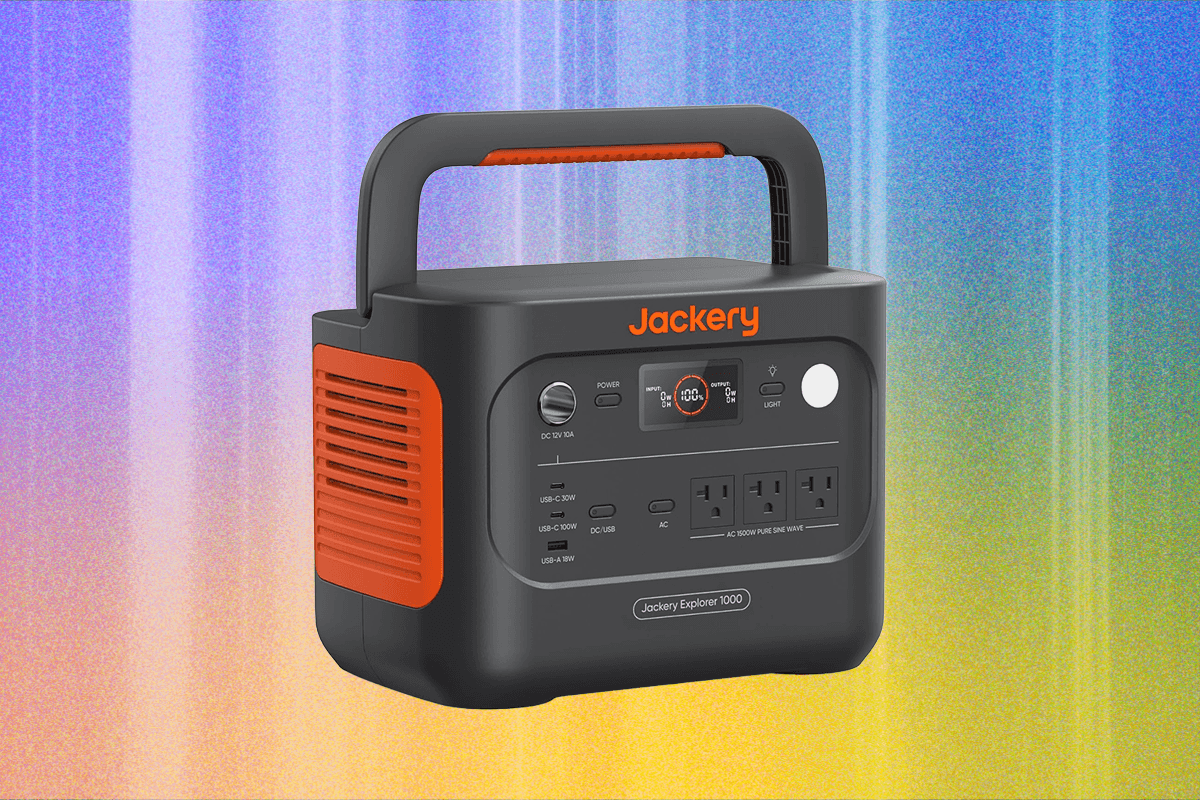Tesla’s Scaling Secret: Product-Market Fit & Go-To-Market Strategy
Tesla’s Scaling Secret: Product-Market Fit & Go-To-Market Strategy
How did Tesla achieve such rapid growth? It’s a question many entrepreneurs and investors ponder. Jon McNeil, former president of Tesla, recently shared his insights into the key ingredients for scaling a company at the TechCrunch All Stage event. His secret? A laser focus on product-market fit and a mature go-to-market strategy.
McNeil, now co-founder and CEO of DVx Ventures, oversaw Tesla’s impressive growth from $2 billion to $20 billion in revenue in just 30 months. But Tesla wasn’t his first rodeo. Having founded six companies and served as COO of Lyft, McNeil has a wealth of experience in scaling businesses. He’s developed a practical playbook, and now he’s sharing it with the world.
The Two Pillars of Scalability
According to McNeil, two critical factors determine a company’s readiness for rapid scaling:
- Product-Market Fit: Does your product truly resonate with customers? Are they willing to vouch for it?
- Go-to-Market Strategy: Can you acquire customers efficiently and profitably?
Let’s delve deeper into each of these pillars.
Measuring Product-Market Fit: The 40% Rule
Many investors talk about product-market fit, but McNeil offers a concrete, measurable approach. He asks a simple question: “Do 40% of your customers say they cannot live without your product?”
If the answer is no, it’s back to the drawing board. McNeil emphasizes the importance of continuous improvement:
“We keep adding, adding, adding and tweaking the product until we get to 40% and then we say, okay, boom, now we’ve got product market fit. It’s actually objective and measured. It’s not a feeling, it’s not a sense. It’s a metric.”
This metric provides a clear target for product development and ensures that you’re building something truly valuable for your customers.
According to McNeil’s research, businesses that achieve breakout growth typically reach this 40% acceptance level.
Go-to-Market Strategy: The LTV/CAC Ratio
Once you’ve achieved product-market fit, the next step is to ensure you can acquire customers profitably. This is where your go-to-market strategy comes into play. McNeil focuses on the Customer Acquisition Cost (CAC) and the Lifetime Value (LTV) of a customer.
The LTV/CAC ratio represents the relationship between the revenue a customer generates over their relationship with your company and the cost of acquiring that customer. A healthy ratio is crucial for sustainable growth.
McNeil looks for an LTV/CAC ratio of at least 4:1. This means that for every dollar spent on acquiring a customer, the company generates four dollars in revenue over the customer’s lifetime.
“Then we pour in the cash. But before then, we’re doling out cash $100,000 at a time just to get to different stage gates,” he said.
This disciplined approach allows companies to validate their marketing efforts and avoid burning through cash prematurely.
Actionable Takeaway: Implement the 40% Rule
Here’s a practical tip you can implement today: Survey your customers and ask them directly: “Could you live without our product?” Track the percentage of customers who respond negatively. If you’re below 40%, focus on improving your product and addressing customer pain points.
[Include image here]
Expert Commentary (Simulated)
“Jon McNeil’s approach to scaling is refreshingly pragmatic,” says Sarah Chen, a venture capitalist specializing in early-stage startups. “The 40% rule provides a tangible benchmark for product-market fit, while the LTV/CAC ratio ensures sustainable growth. These are metrics that every founder should be tracking.”
How This Applies to Emerging Technologies
These principles apply across all industries, but they are especially relevant in emerging technologies. Consider an AI-powered tool. Before aggressively scaling its marketing, a company needs to ensure that a significant portion of users find the AI indispensable to their workflow. Similarly, in the electric vehicle space (beyond Tesla), companies need to demonstrate a compelling value proposition that justifies the cost of acquisition.
Key Takeaways
- Product-Market Fit is Paramount: Aim for 40% of your customers saying they can’t live without your product.
- LTV/CAC Ratio Matters: Strive for a ratio of at least 4:1 before scaling aggressively.
- Measure Everything: Don’t rely on gut feelings. Use objective metrics to guide your decisions.
- Disciplined Growth: Scale incrementally, validating your assumptions at each stage.
FAQ
Q: What if I can’t reach the 40% threshold for product-market fit?
A: Don’t give up! Focus on gathering feedback from your customers and iterating on your product. Identify the key pain points and address them. Consider A/B testing different features and messaging.
Q: How do I calculate LTV and CAC accurately?
A: LTV calculation can be complex, but start with a simple model: average purchase value x average purchase frequency x customer lifespan. CAC includes all marketing and sales expenses divided by the number of new customers acquired.
Q: Is the 4:1 LTV/CAC ratio a hard and fast rule?
A: It’s a good benchmark, but the ideal ratio can vary depending on your industry and business model. Some businesses can thrive with a lower ratio, while others may require a higher one.
Q: Where can I learn more about go-to-market strategies?
A: There are many excellent resources available online, including books, articles, and courses. Look for resources specific to your industry and business model.
By following McNeil’s advice and focusing on these key metrics, you can increase your chances of achieving sustainable and scalable growth for your company.
Source: TechCrunch



